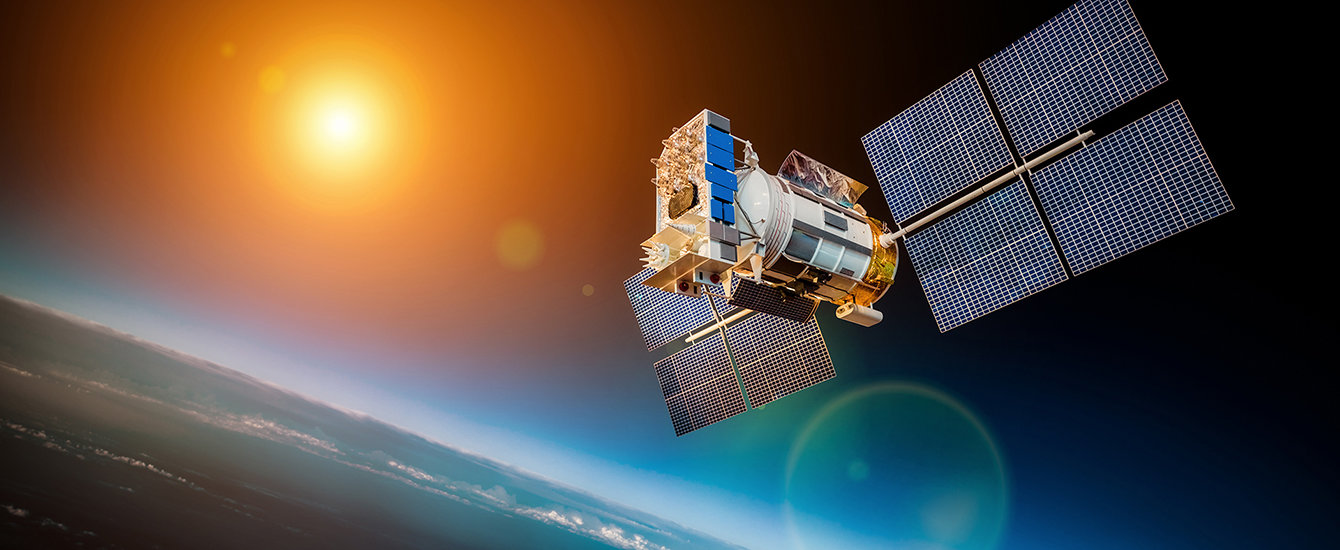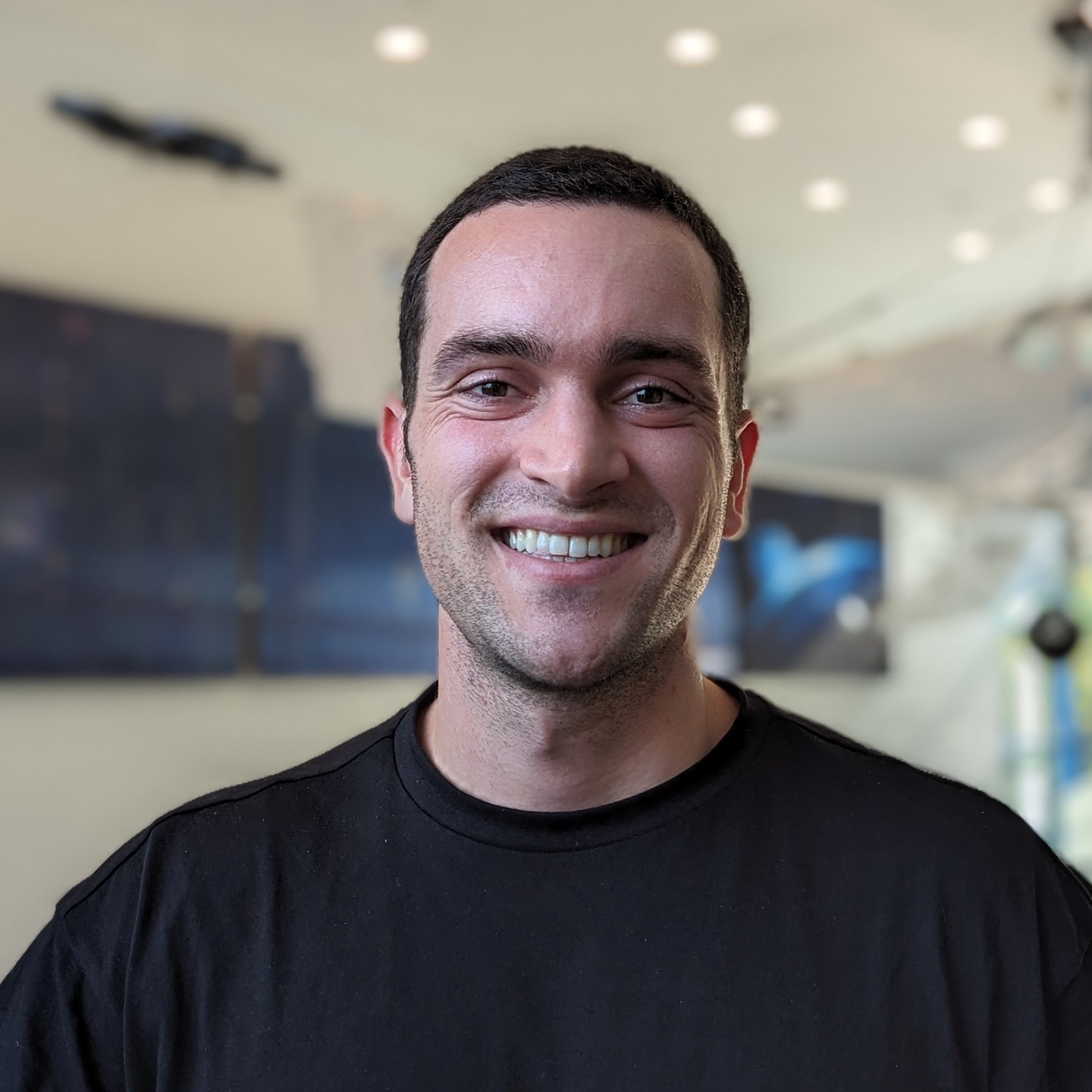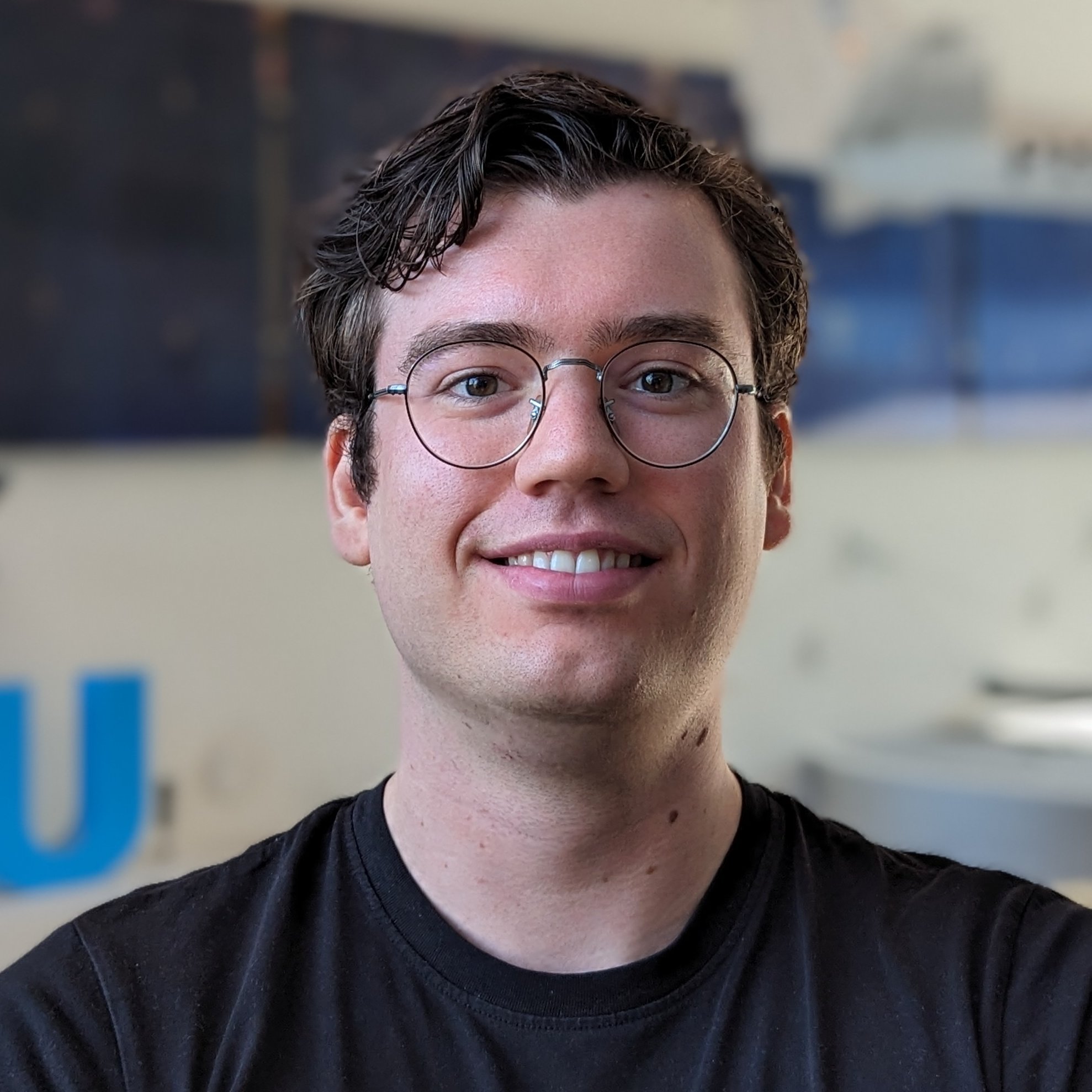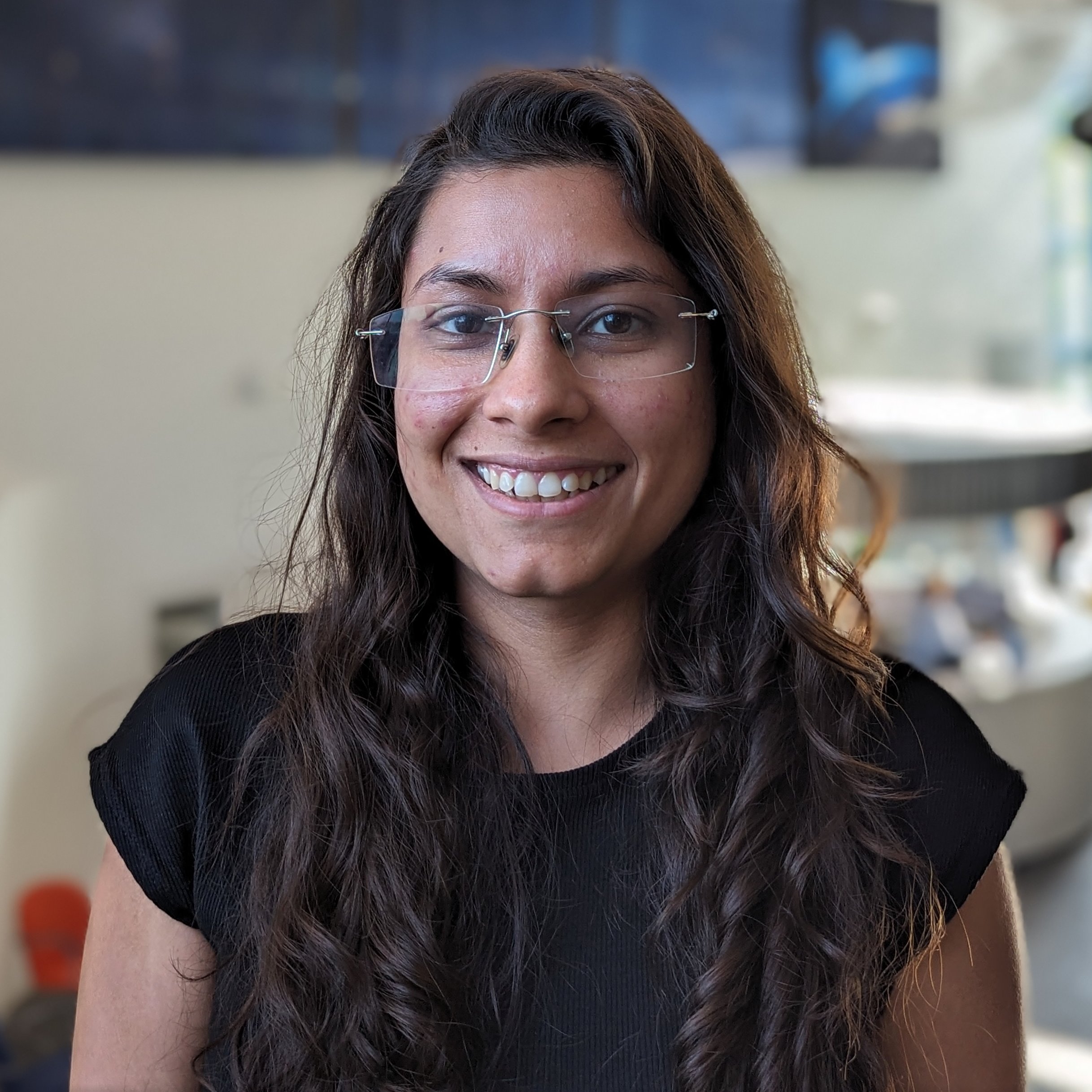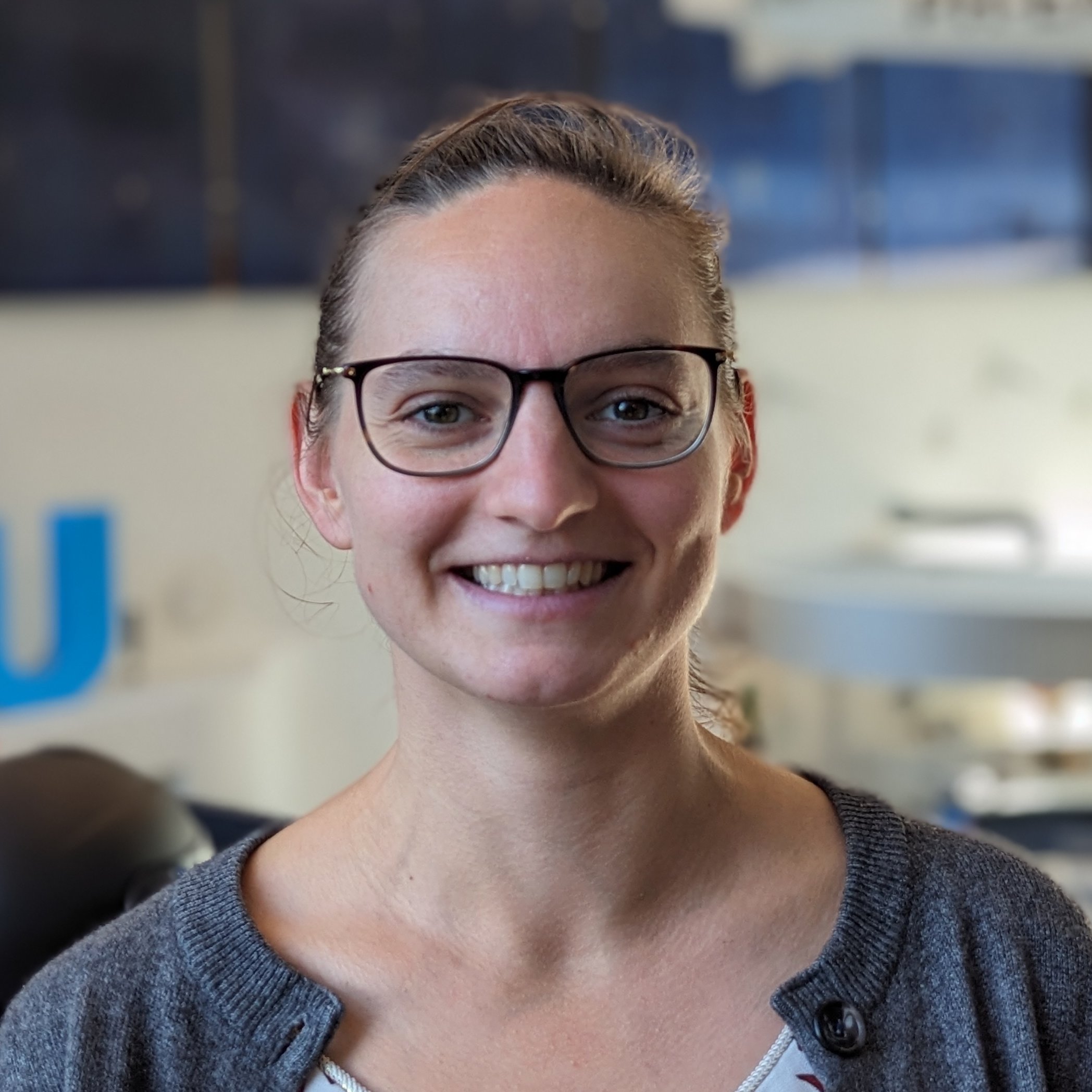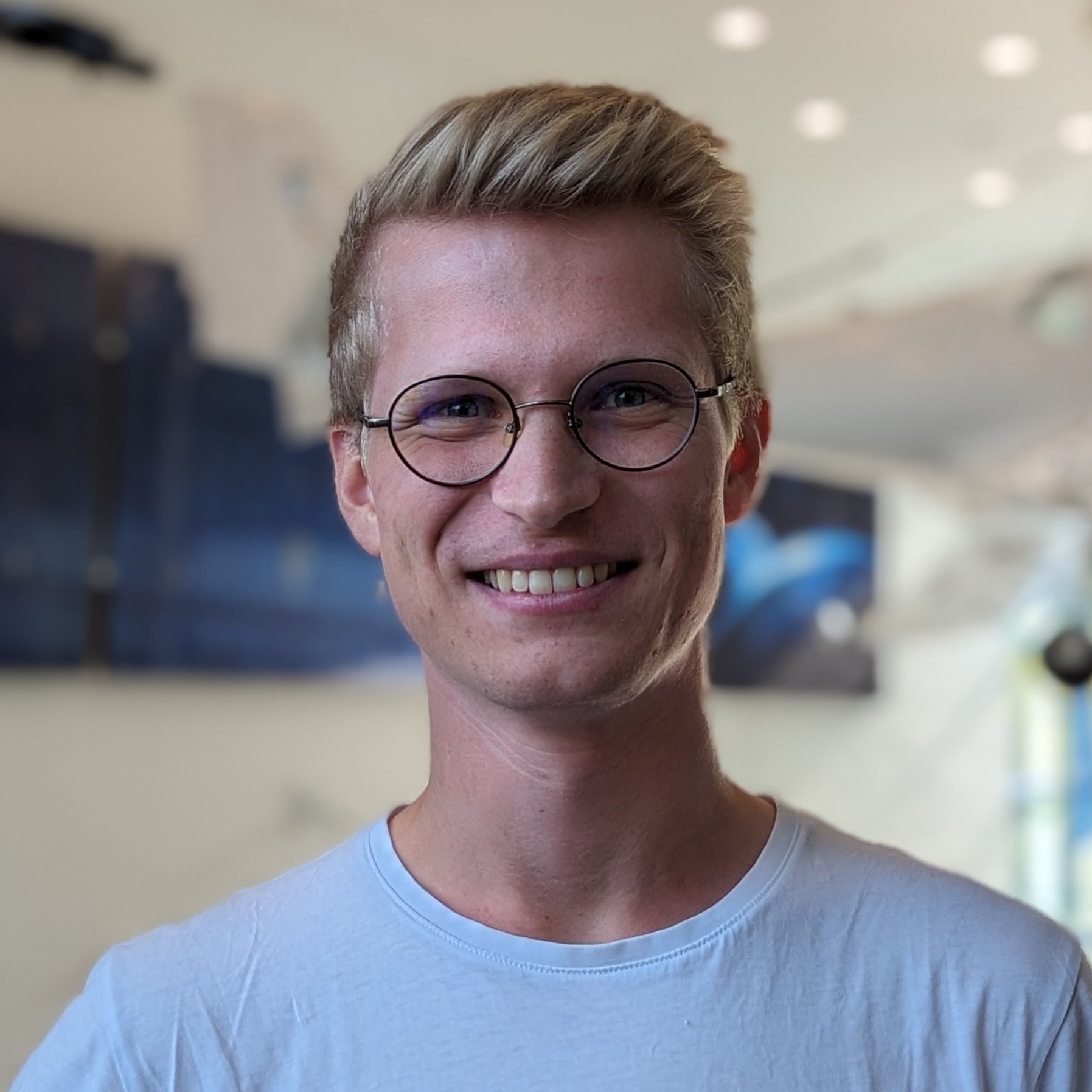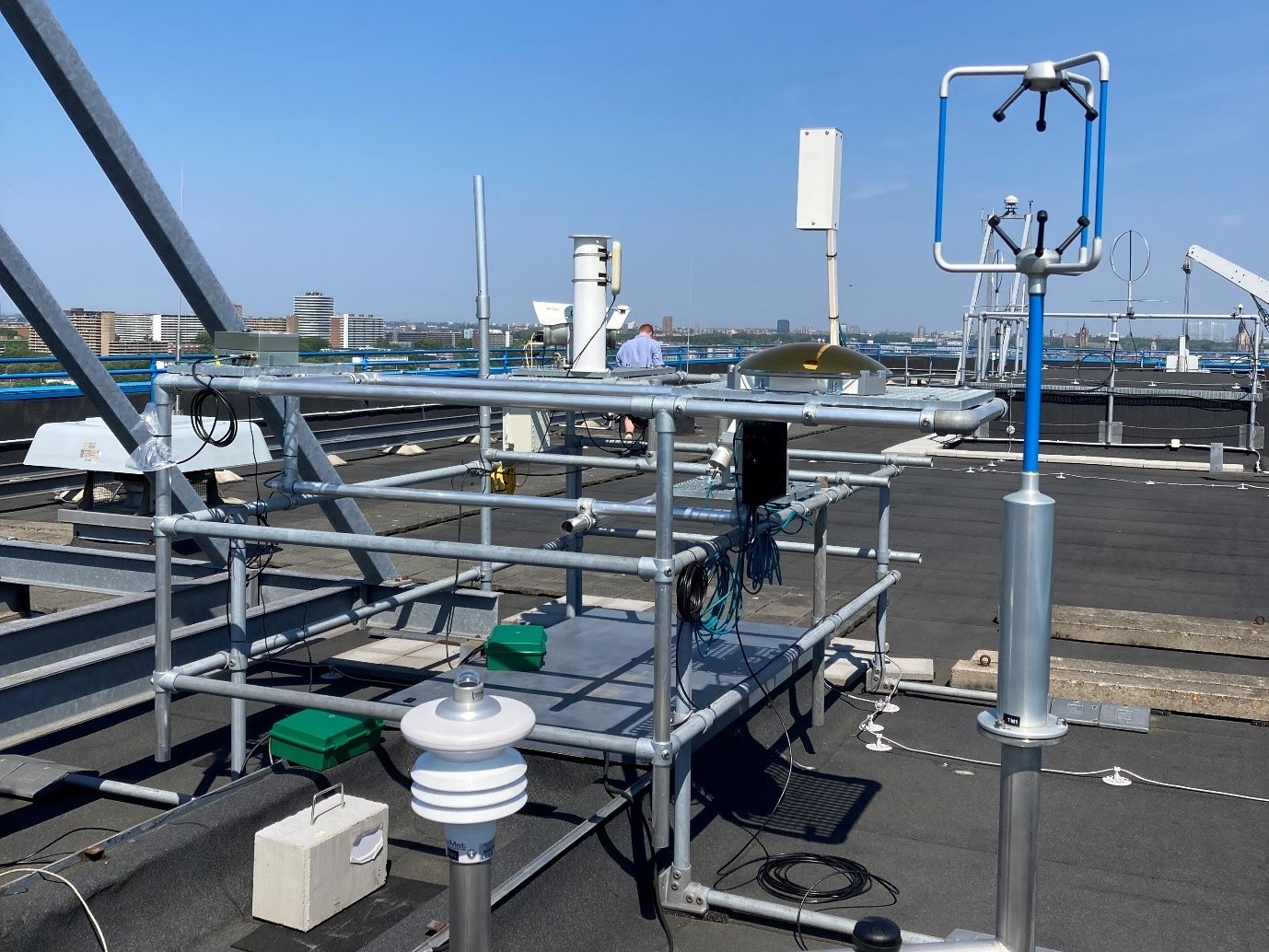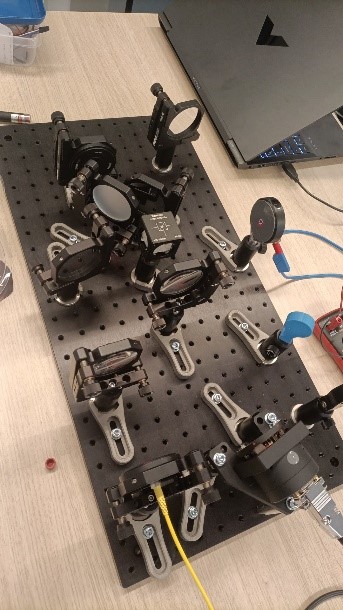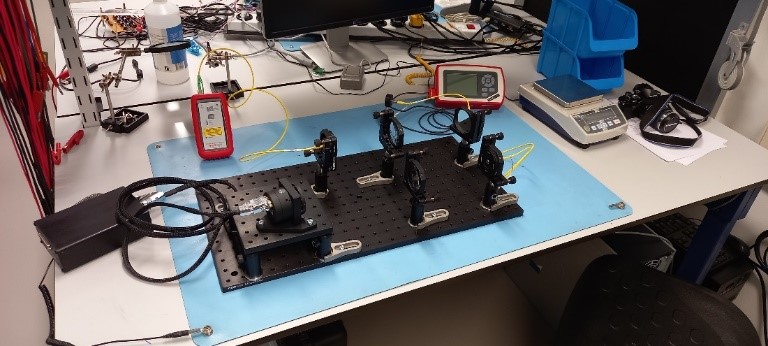About the Group
Laser satellite communications provide a bright perspective for satellite communications. Currently, satellite communications using radio frequencies (RF) run into limitations in terms of available frequency slots, data throughput, and security. At the same time, the demand for data volume and security is increasing. Laser satellite communications have the potential to supplement satellite RF communications to provide for that need.
Our Laser Satellite Communications expert group consists of PhD-candidates from different TU Delft faculties (Aerospace Engineering and Civil Engineering), MSc students from Aerospace Engineering that do their MSc thesis on laser satellite communications, and University staff working on this topic. Given the availability of equipment for optical fibre communications, we advance the understanding of the challenges to bring optical communications to and from space. This involves research on optical propagation through free space, through atmospheric turbulence and the understanding of atmospheric turbulence.
We also focus on novel techniques, such as the multi-beam terminal and applications that use optical communications, such as ranging. With the acquired knowledge of the challenges, we contribute to the development of mitigation techniques such as Adaptive Optics, that are relevant for our industrial partners.
Contact
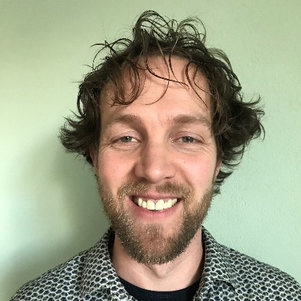
Dr.ir. R. (Rudolf) Saathof
Assistant Professor
✉ R.Saathof@tudelft.nl
Research Projects
Opto-thermo-mechanical modelling of the optical payload
Optical and quantum communication satellites will be exposed to periodic thermo-mechanical loads that will affect the optical performance of the system. In this project, mathematical and computational optical models are built to better understand and quantify the impact of these phenomena. This project focuses on optimizing the performance of satellite optical and quantum communications through beam-shaping techniques, and the robustness of these beams to onboard opto-thermo-mechanical perturbations.
M. (Mario) Badás Aldecocea
PhD Candidate
M.BadasAldecocea@tudelft.nl
Design and control of space based multi-beam laser communication terminals
To integrate free space optical communication into nodal communication networks and make multi-user satellites possible through laser communication, multi-beam laser communication terminals are needed. These accommodate multiple unique laser communication links within one terminal. The main challenge with this technology being investigated is steering multiple beams at the same time. Therefore, research into the design and control of multi-beam steering stages is the central focus of the project. Furthermore, a core part of this research is the demonstration of these theories with real hardware.
J.J. (Joshua) Spaander
PhD Candidate
J.J.Spaander@tudelft.nl
Inter-satellite ranging using laser communication terminals
To control satellites in formation flying, precise distance measurement or ranging between collaborating satellites is needed. Future satellites are anticipated to carry Laser Communication Terminals (LCTs) due to their small size and high data rates. Therefore, to prevent the need for separate ranging instruments, this research aims to use the state-of-art LCTs for inter-satellite ranging. The challenge is to perform high-precision range measurements without affecting the communication data rates. In this project, the laser communication system is being modelled to quantify the systematic errors and hence the achievable ranging performance of these LCTs. This study will also identify the main limiting issues and the potential applications of such a combined system.
R. (Rashika) Jain
PhD Candidate
R.Jain-1@tudelft.nl
Channel effects in space-to-ground communication
Laser Satellite Communication is a high-potential technology with many advantages compared to classical RF links, offering high throughput, better pointing accuracy, and more security. Such optical links are however notably affected by atmospheric perturbations including those caused by atmospheric turbulence. In an effort to better monitor and understand the impact of these disturbances, this project intends to achieve better ways of evaluating turbulence related parameters like the \(C_n^2\) in Urban environments, by, for instance, using Machine Learning and comparing to experimental data from an actual cubesat link.
M. (Marguerite) Arvis
PhD Candidate
M.Arvis@tudelft.nl
Modelling Atmospheric Optical Turbulence using Machine Learning
Free-space optical communication (FSOC) links are considered a key technology to support the increasing needs of our connected, data-heavy world, but they are prone to disturbance through atmospheric processes such as optical turbulence. Since turbulence is highly dependent on local topographic and meteorological conditions, modeling optical turbulence strength \(C_n^2 \) during the design phase of an optical link or network is challenging. Traditional physics-based parameterizations or numerical models are often too simplistic or too computationally expensive to evaluate over large timeframes and areas. Therefore, this project aims to develop robust and reliable machine learning-based \(C_n^2\) models to bridge this gap.
M. (Maximilian) Pierzyna
PhD Candidate
M.Pierzyna@tudelft.nl
Facilities
The aim of the facility is to support understanding of the behaviour of the optical channel in the presence of turbulence, the interaction of the optical channel with the opto-mechatronic equipment and the development of novel technologies to improve channel performance. To that end, it consists of sky observation equipment, that monitors cloud cover, turbulence and optical attraction, and an optical ground station that intends to observe the integral effect of the opto-mechatronic system and the turbulence.
The aim of the FSOC testbed is to provide an experimentation environment to test and develop novel technologies. Several optical breadboards and a variety of optical, opto-electronic, and communications equipment are available for laboratory and in-field testing. This offers researchers as well as students the opportunity to build, develop and test their ideas in a laboratory environment and in real life.
Publications
